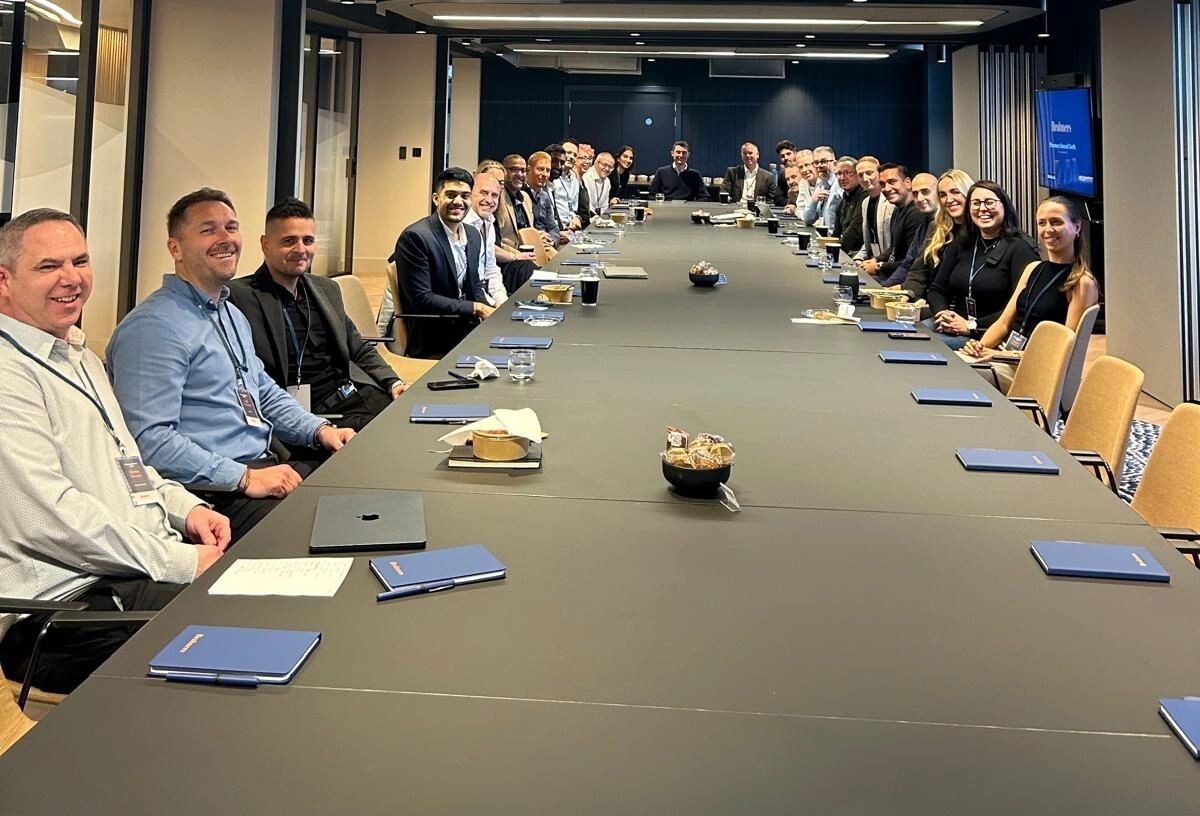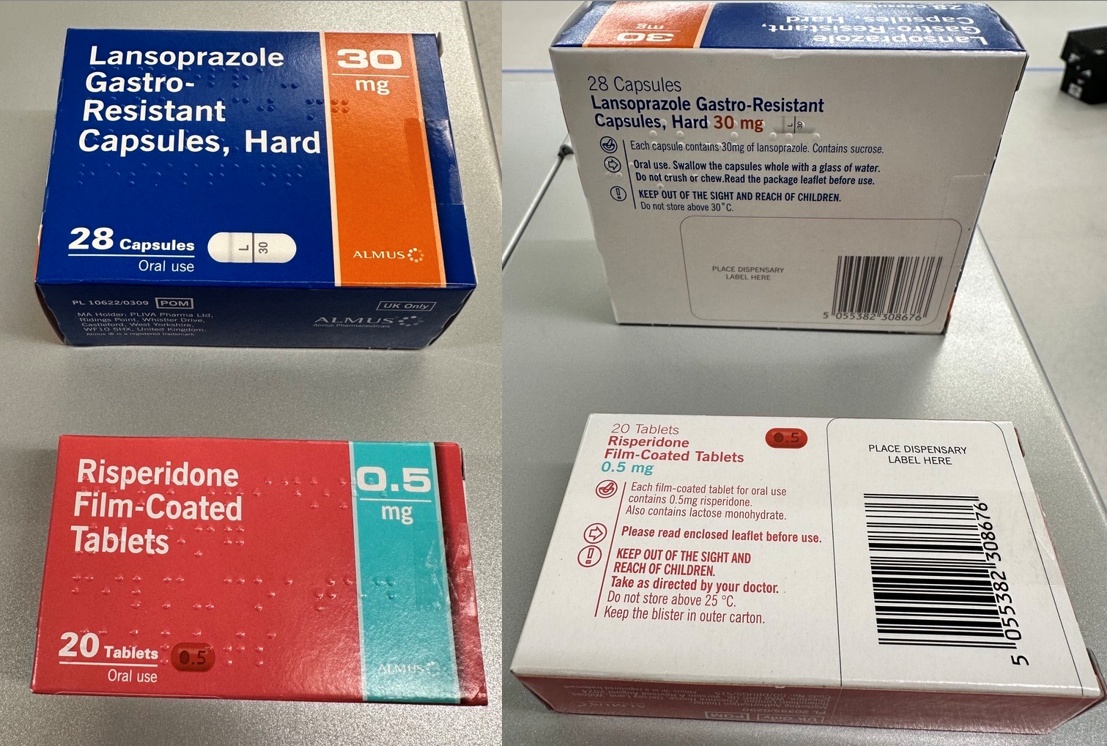The PSNC recently stated many community pharmacies will not have capacity to provide the new contraception service when it launches this year due to the massive pressures pharmacy currently faces. So what exactly will it take for pharmacies to free up time so they can deliver such new services? Centred Solutions Head of Marketing, Shelley Dyer, takes a closer look.
It was a hailed as a landmark moment. Two pharmacies, one in Portsmouth and another in Stoke-on-Trent, became the first pharmacies in the UK to supply an oral contraceptive without patients having to visit their GP first. This was the second stage of the NHS Community Pharmacy Contraception Service pilot with patients able to access the service through self-referral to a participating community pharmacy. Pilot pharmacies in tier one of the pilot were able to supply repeat prescriptions for oral contraceptives that had first been initiated by another clinician.
This was seen as a great step forward for pharmacies in delivering clinical services for patients, easing pressure on primary care and improving access for patients. The first phase was due to be rolled out across all pharmacies this month but was delayed until “early 2023” due to a lack of IT support.
However, it now appears that there are far greater issues which could hamper the service getting off the ground any time soon. Speaking just a couple of weeks ago, NHS Services Director for the Pharmacy Services Negotiating Committee (PSNC), Alistair Buxton, said they did not expect many pharmacies to have the capacity to provide the service as soon as it commenced. He blamed this lack of capacity on “the massive pressure as a result of patient demand, a funding squeeze and workforce shortages”.
This shouldn’t come as any surprise. Anyone working in pharmacy knows that the sector no longer has the capacity to match the unprecedented demand it currently faces. The Covid-19 pandemic has firmly placed pharmacy as the first-line of defence for the health service. Keeping their doors open during the pandemic has meant that in some ways pharmacy has become a victim of its own success. Nearly one in three people are more likely to visit a pharmacy for advice before seeking help elsewhere than they were before the pandemic, a survey found. The survey of 2,035 people, carried out on behalf of PAGB, a representative body for manufacturers of branded over-the-counter medicines, looked at changing attitudes to self-care and NHS use in light of the pandemic. It found that 31% of respondents, who would not have visited a pharmacy for advice before seeking help elsewhere, said they were now more likely to do so.
But it is not just the pandemic, For several years now pharmacies have been asked to take on more and more for less and less. In fact many pharmacies are now having to reduce access to services just to make ends meet. Delivery services have been cancelled, MDS trays for those on complex medication regimes have been stopped. Pharmacy is reaching crisis point. Pharmacy leaders, including the Association of Independent and Multiple Pharmacies, National Pharmacy Association, Company Chemists’ Association and the PSNC, have now taken the drastic step of writing to Health Secretary, Steve Barclay, in an urgent plea for funding to survive. They warned the sector will face permanent pharmacy closures and medicine supply issues without urgent investment.
Adequate funding will of course be a crucial part of the solution. But a cash injection alone will not help pharmacy transition from the dispenser of medication of old to new clinical triage providers for patients. If pharmacy doesn’t have the capacity to deliver a contraceptive service, where will it find the capacity to deliver the Pharmacy First Service, which we are told is imminent, to treat patients for common ailments?
There are of course many pieces to this puzzle, however at Centred Solutions we believe that pharmacy technology and automation will be one critical part of the jigsaw. Pharmacy dispensing workflows are ripe for automation. The majority of staff time in pharmacy is currently spent on manual, logistical and back office tasks that technology could easily streamline. This means there is no time for patient facing services.
Just look at the dispensing process itself. Firstly, medication needs to be ordered by pharmacy staff from multiple warehouses and the pharmacy will often have limited visibility on what is coming and when. Medication is then delivered from multiple sources and needs to be put away on the shelves. Our own data shows that this can take on average 14 minutes for a single tote of medication. This medication then needs to be picked again from the shelves when prescriptions are being prepared. Our data shows that simply picking the medication alone takes up to an hour for 30 prescriptions. Each patient prescription is often picked one at a time, meaning the dispenser will walk around the pharmacy 30 times for 30 patients. According to our data, a dispenser will walk on average a quarter of a mile for every 30 prescriptions they pick.
The pharmacist will spend the majority of the day tied to the dispensing desk carrying out a clinical check towards the start of the process and then a secondary accuracy check when the prescription has been assembled and is ready to be dispensed to the patient. Our data shows that these checks take an average one hour for 30 prescriptions, including labeling and bagging. It doesn’t take an expert to point out that this is not a valuable use of a pharmacist’s clinical skills.
Then there is the patient safety issue. All checks and balances throughout the dispensing process are manual and are therefore open to human error. There is no safety net. In addition, the increased footfall to pharmacy means that walk-in patients come into the store looking for pharmacy advice. This means breaking off from the dispensing process which at best will create a backlog and at worst lead to increased risk of errors due to interruptions in the process.
Technology now exists that can help to revolutionise the dispensing process with scalable and affordable options available for stand alone independents up to larger multiples. Our basic Tote to Spoke software solution means medication can be delivered to pharmacy from a wholesaler batch picked, in patient specific Flow Totes ready to be bagged straight from the tote for the patient. This removes the need to put away huge deliveries only to have to repick the medication from the shelves again later, saving invaluable time for dispensing staff. The clinical check can be done by the pharmacist at the very start of the process upon ordering. Our intuitive software, RFID and barcode technology removes the need for an accuracy check later in the process, freeing up valuable pharmacy time and providing an invaluable safety net, reducing the risk of error.
For larger groups there is the opportunity to invest in our FLOWRx Hub solution which is available as both a manual and automated version so your technology can grow with you as your business and revenue grows. Our automated FLOWRx Hub will label, sort, bag and tote your original packs for patient prescriptions accurately and at speed and includes an automatic labeling unit (ALU). This FLOWRx ALU significantly speeds up your workflow by automatically applying labels to packs for which there are matching patient orders. The packs are inducted into the labeler at the induction station. After labeling the packs are sorted by patient at the SORT stations that are available with our manual line.
The manual version of our FLOWRx Hub works in exactly the same way as our automated version, you just label patient packs manually rather than with an automated labeling unit (ALU). Once labelled, RFID LED Smart Shelves guide the operator to sort the right medication into patient-specific baskets. You can then choose to automate the bagging or packing of medication by patient or leave this as a manual process too. Our software will then use barcode technology to sort patient medication bags into store specific totes.
It's a model we know works and one that pharmacies are increasingly turning to (Take a look at our customers here). Some of our customers tell us their pharmacists now spend 50% more time with patients in store. Time spent in store dispensing has reduced by 30% and pharmacy time spent on checking has also been reduced by 30%.
If you are interested in finding out which of our solutions might work for you, why not take a look here.





